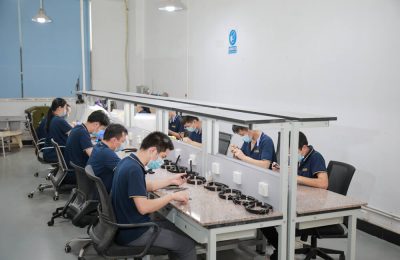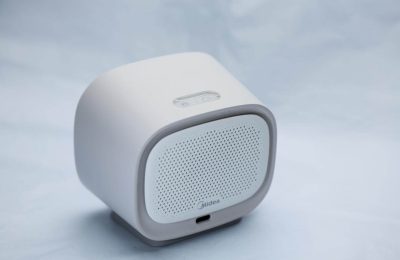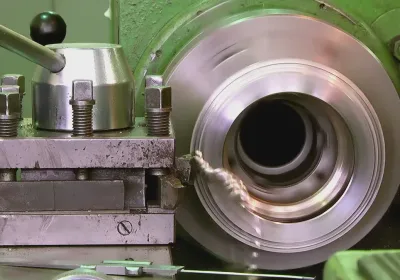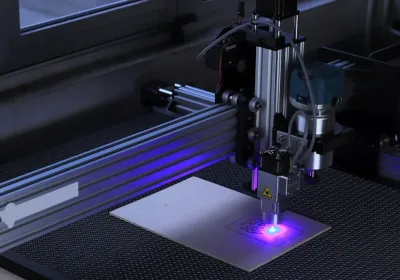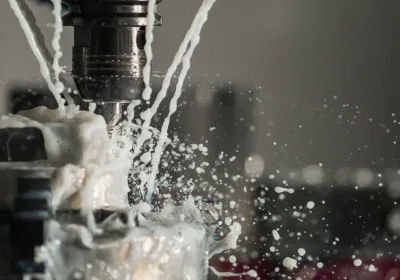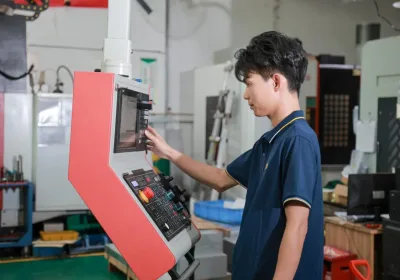5-axis CNC machining services enable the creation of complex parts with high precision using advanced technology. This article explains what 5-axis machining is, why it’s beneficial, and what you should expect from these services.
Key Takeaways
5-axis CNC machining offers superior precision and efficiency, enabling the production of intricate geometries and complex parts with fewer setups.
The technology supports a wide variety of materials, including metals and plastics, making it versatile for applications across industries such as aerospace, automotive, and medical.
Choosing a reliable 5-axis CNC machining service provider involves evaluating experience, customer satisfaction, and scalability to meet business production needs.
Understanding 5 Axis CNC Machining
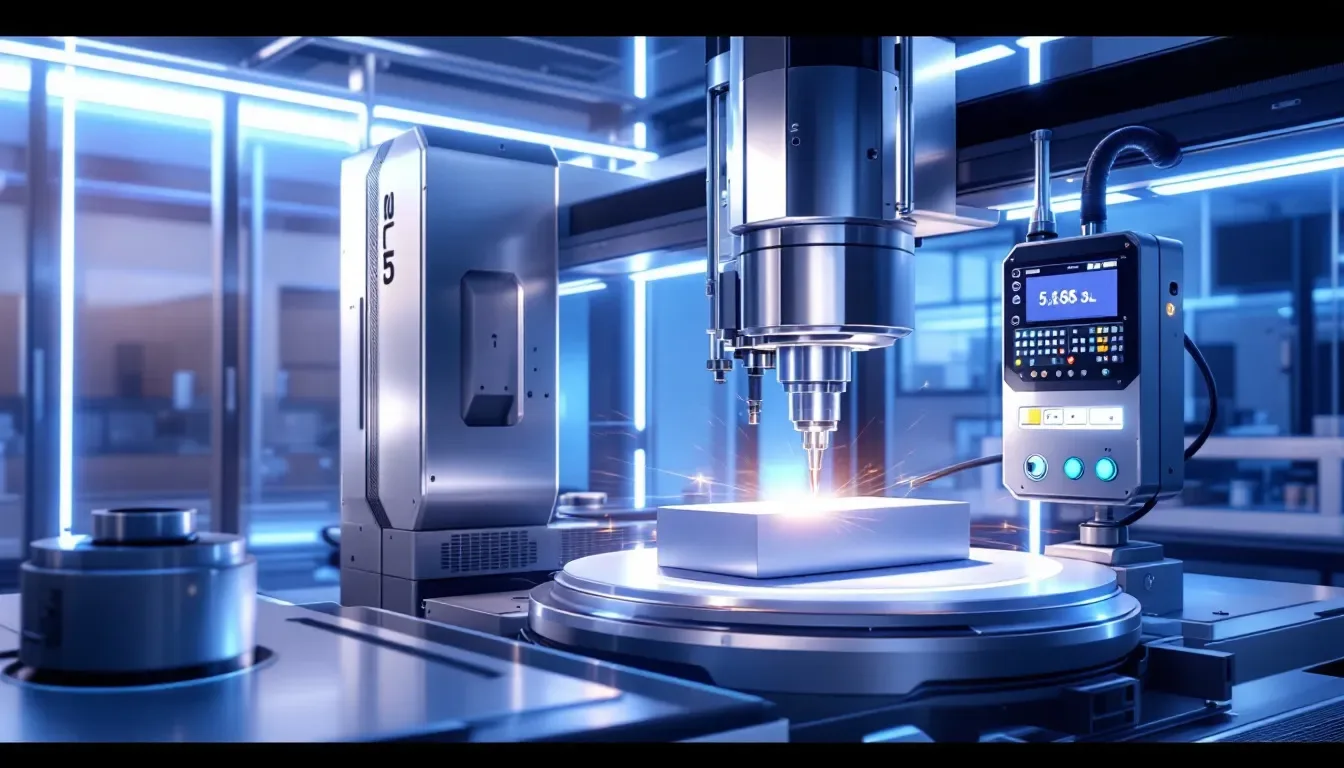
CNC machining using 5-axis technology represents a sophisticated method in manufacturing, enabling the manipulation of tools across five distinct axes to achieve unmatched precision and adaptability. In contrast to standard CNC machines that are restricted to three linear axes – X, Y, and Z – 5-axis CNC machinery integrates two supplemental rotational axes referred to as A and B. The A-axis permits rotation around the X-axis while the B-axis revolves around the Y axis. This facilitates intricate movements permitting machining from assorted angles.
By offering synchronized motion along both three linear axes and two additional rotational ones, it’s feasible with these machines to fabricate complex shapes featuring elaborate geometries that would present considerable challenges or prove unfeasible on more basic CNC equipment. This heightened functionality removes the need for manual adjustment thereby expediting production processes whilst simultaneously reducing potential inaccuracies typically associated with human involvement when operating computer numerical control mechanisms wielding cutting tools.
By employing 5-axis CNC machining methods manufacturers can produce convoluted components exhibiting premium surface finishes due notably to constant contact between tooling apparatuses and workpieces throughout operations which helps in attaining smoother results hence diminishing dependency upon post-production refinement steps extensively otherwise required. From aerospace sector fittings to nuanced medical instruments, such technological advancements imbue indispensable utilities within contemporary fabrication settings thanks largely to unparalleled exactitude alongside flexibility offered through 5 axis CNC applications.
Benefits of 5 Axis CNC Machining Services
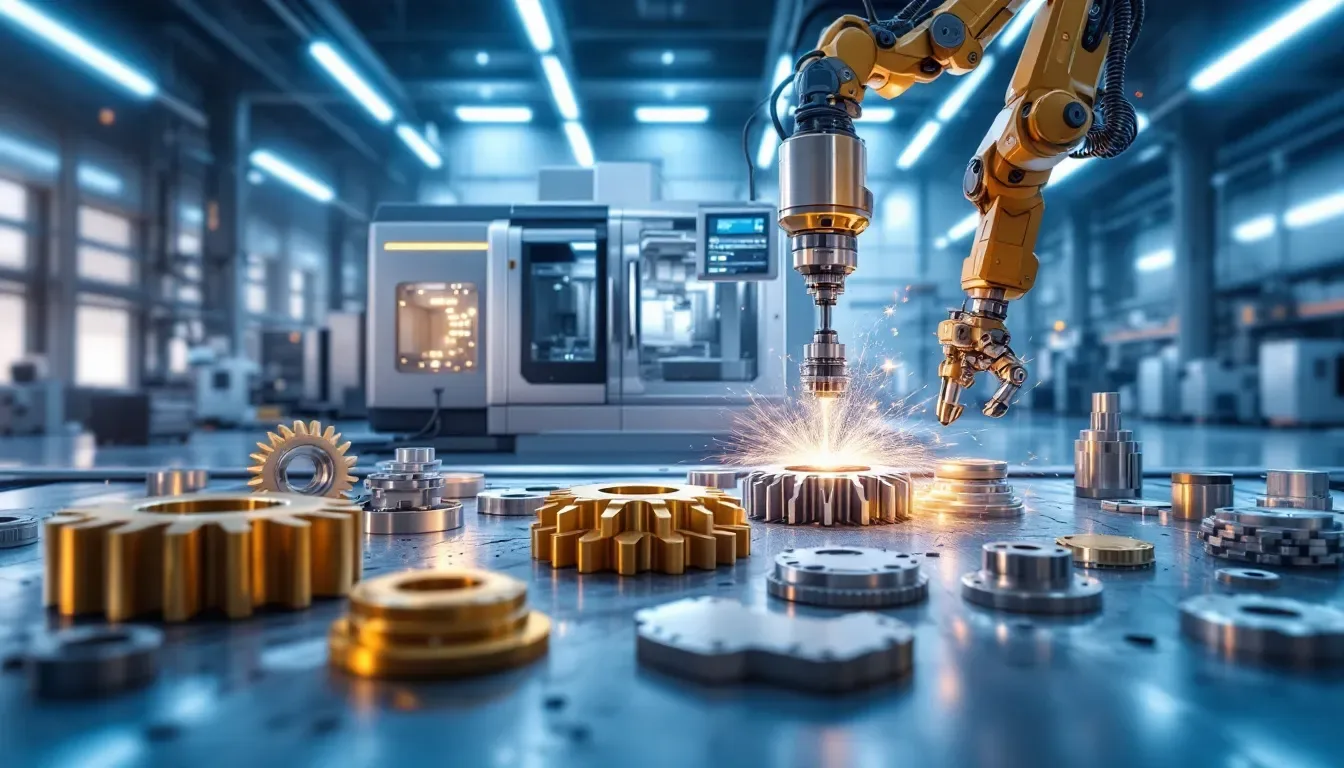
The array of benefits associated with 5-axis CNC machining services makes them a favored option for sectors that demand high-precision components. The ability to craft intricate geometries with exceptional accuracy, often not possible through traditional 3-axis systems, stands as one of its primary merits. Such precision is essential in applications where performance and safety are contingent on exactness.
Another notable advantage provided by 5-axis CNC machines lies in their superior drilling prowess. Thanks to the additional rotational axes, these machines can execute drilling at more acute angles and reach into complex areas that would be difficult or unfeasible using 3-axis counterparts—this factor elevates product excellence while widening the scope for design creativity and application versatility.
Efficiency underscores another key benefit of employing 5-axis CNC machining technology. These advanced machines enable quicker production times due to their capability of fabricating complicated parts through a singular setup, which reduces the need for multiple setups—a process that diminishes operational costs along with error probability given fewer transition points during manufacture. Because five axis cnc machinery tends to produce premium surface finishes requiring minimal post-processing intervention if any at all. This streamlines time management alongside financial expenditure. The advantages inherent within CNC machining also extend towards enhanced precision and adaptability across manufacturing projects.
Comparing 5 Axis vs. 3 Axis CNC Machining
CNC machining involving 5-axis and 3-axis CNC machines differ considerably. The latter operates along three linear axes—X, Y, and Z—and while suitable for numerous applications, they are limited in fabricating complex components at different angles. On the other hand, a 5-axis CNC machine incorporates two additional rotational axes (A and B), permitting it to perform more intricate and flexible machining operations.
These supplementary rotational axes in a 5 axis CNC facilitate a significant reduction in production durations due to the need for fewer setups when creating elaborate parts. This acceleration of the manufacturing process also reduces potential human errors resulting in enhanced quality control and uniformity across products. A single setup on these advanced machines can yield as many as forty identical pieces concurrently, which boosts efficiency dramatically.
Operating machinery with this level of complexity necessitates greater proficiency than what is needed for their three-axial counterparts. Advanced programming knowledge along with sophisticated operation techniques are essential for leveraging all that these machines have to offer fully. In spite of such complexities involved during initial adaptation phases, such complexities were involved during initial adaptation phases. There remains little question concerning their effectiveness given how much precision speed versatility one stands gain by incorporating them into modern-day manufacturing endeavours.
Materials Used in 5 Axis CNC Machining
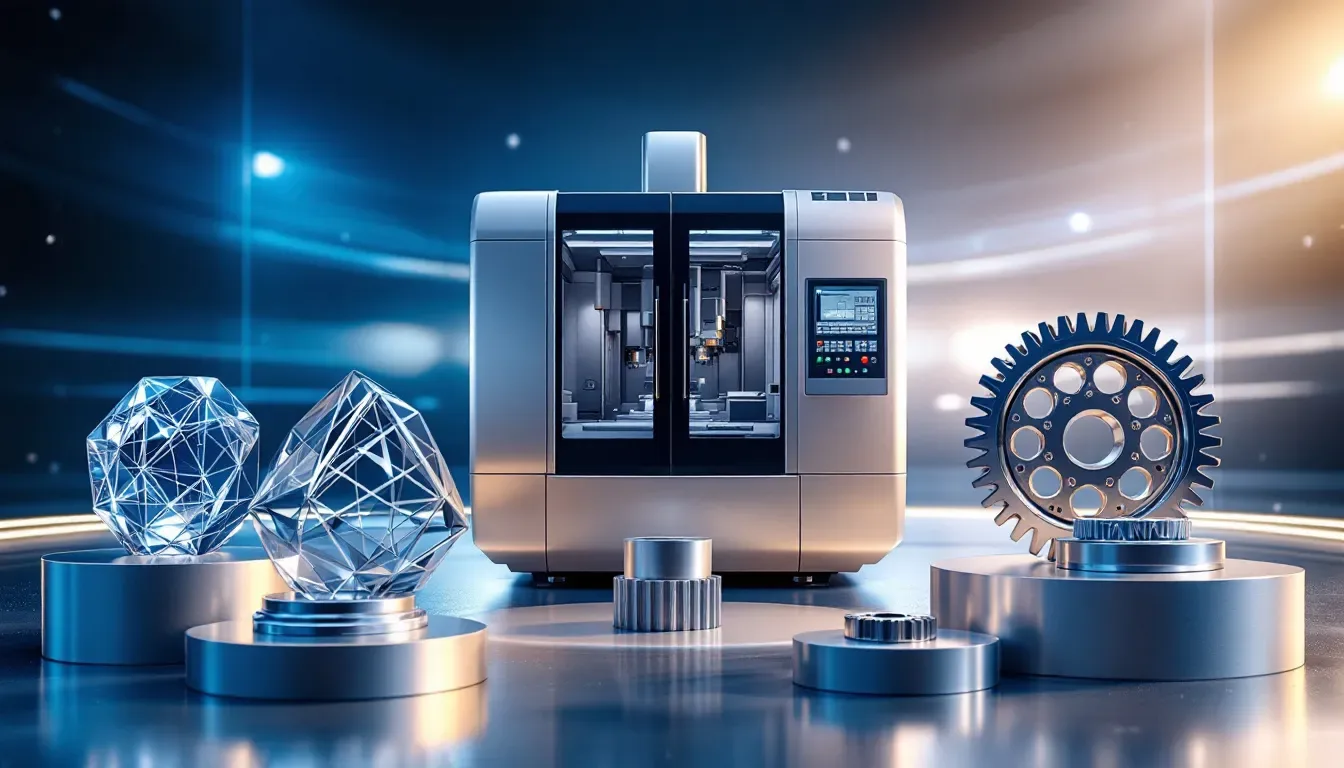
The versatility of 5-axis CNC machining extends to its ability to work with a diverse array of materials. It is particularly adept at shaping metals such as aluminum, brass, copper, and titanium due to their inherent strength and ease of machining. Within the spectrum of aluminum alloys, types like 6061 and 7075 are highly sought after for their optimal balance between machinability and robustness. This makes them excellent choices for manufacturing components across different industries including aerospace parts or gadgets in consumer electronics.
To metalwork, various plastics can also be precisely crafted using 5-axis CNC technology. Materials such as ABS, Acetal, Nylon, PEEK, and PVC each bring unique properties that cater specifically to certain uses. For instance, PEEK stands out because it absorbs very little moisture while offering superior chemical resistance—qualities that render it perfect for creating detailed parts demanding exceptional performance standards.
When determining the appropriate material for use in 5-axis CNC processes one must consider factors related directly to the intended role and environmental conditions the part will face post-production. Attributes like tensile strength, ease-of-machining capability, corrosion/oxidation resilience, along with thermal stability need careful evaluation. Doing so ensures maximal effectiveness coupled with extended service life for any pieces created through this form of advanced axis cnc machining.
Surface Finishes for 5 Axis CNC Machined Parts
The surface finishes of parts crafted using 5-axis CNC technology are essential for their performance and visual appeal. The continuous action of cutting tools in 5-axis machining results in outstanding surface quality, reducing the necessity for significant secondary finishing operations. Depending on the intended use and required finish, a range of techniques can be employed.
To achieve a uniform matte appearance while eliminating defects from machined parts, bead blasting is utilized. Anodizing stands out as an effective method to form a protective oxide coating on aluminum and titanium components which boosts both wear and corrosion resistance. This process also provides the option to infuse color into parts for added functional advantages alongside visual enhancement.
Additional widespread treatments include powder coating that offers impactful resistance superior to anodized coatings along with vibrant colors. Polishing yields an exquisite mirror-like gloss delivering improved cleanliness combined with increased aesthetic appeal. Techniques like sandblasting, electroplating, and tumbling are regularly harnessed to augment aspects such as durability, electrical conductivity, and overall excellence in CNC precision-manufactured components.
Applications of 5 Axis CNC Machining Across Industries
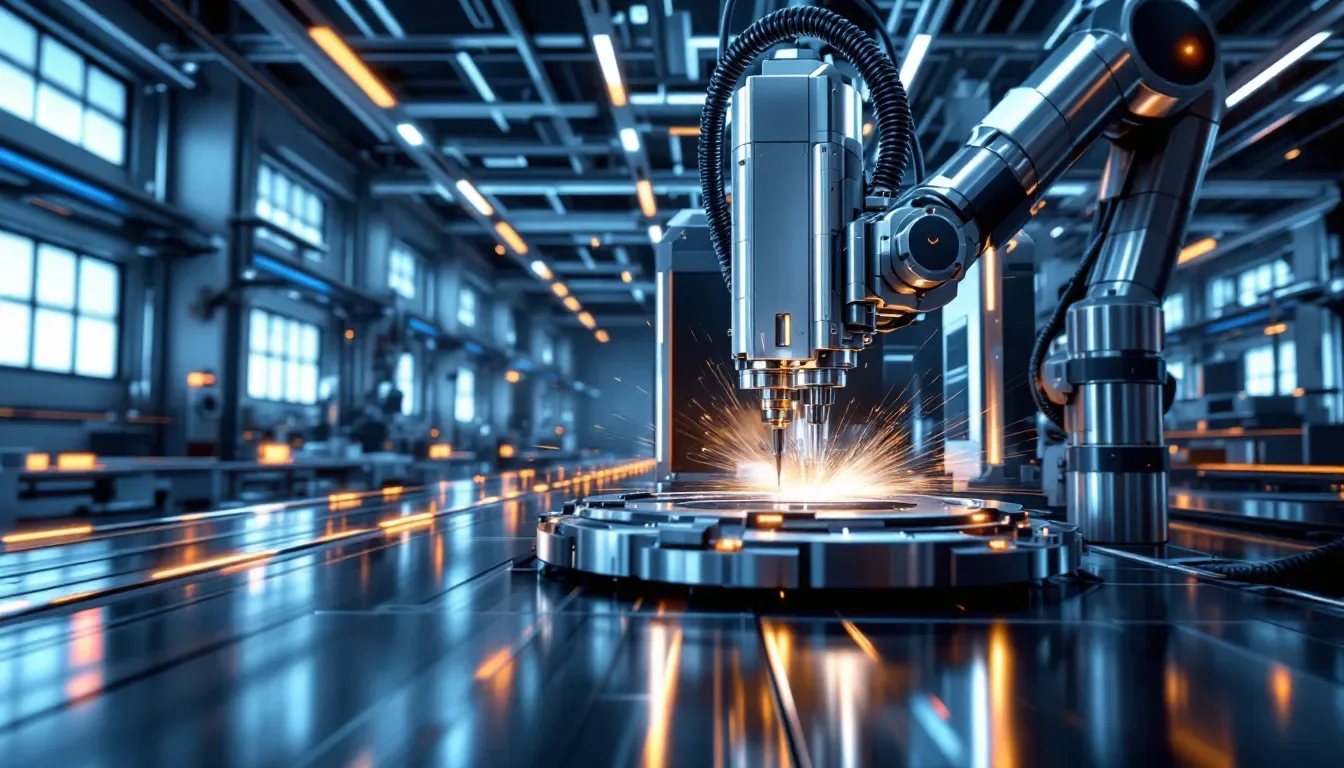
5-axis CNC machining stands as a critical asset across multiple sectors due to its high precision and capability to produce parts with intricate designs. It plays a pivotal role in the aerospace industry by facilitating the creation of strong, lightweight components for aircraft interiors that enhance both safety and comfort. It allows for the manufacturing of highly accurate turbine blades with complex airfoil geometries that elevate engine efficiency.
In the realm of automotive manufacturing, 5-axis CNC technology is instrumental in producing essential elements such as precise engine parts and elaborate transmission systems. Similarly, this advanced method serves the medical sector well by crafting detailed parts for medical devices where exactness and dependability are paramount.
The field of consumer electronics greatly benefits from 5-axis machining too. It enables production of sophisticatedly shaped pieces integral to contemporary device design—balancing functionality with visual appeal. From shaping airplane cabins to perfecting handheld gadgets, 5-axis CNC machining’s diverse applications spur progress and excellence throughout various industries.
Precision and Tolerances in 5 Axis CNC Machining
The hallmark of 5-axis CNC machining is its exceptional precision. Capable of maintaining tolerances as tight as 0.0002 inches, this method is essential for sectors that require high-precision manufacturing. With an average accuracy around 0.005 mm, even the most complex components are crafted with meticulous attention to detail and precise machining techniques.
RapidDirect’s CNC milling services emphasize this commitment to exactitude by achieving precision tolerances close to 0.01mm, underpinning the dependability and superior quality associated with parts machined on a 5-axis setup. The ISO 9001 certification serves as a testament to a provider’s proficiency in adhering to stringent tolerance standards, guaranteeing consistent and dependable production outcomes.
By facilitating the manufacture of complicated pieces through one single setup, axis CNC machines curtail the need for numerous setups and adjustments which could impact precision negatively—strengthening both exactness and dimensional stability. This singular ability proves exceedingly advantageous in fields such as aerospace, medical technology, and automotive industries where minor variances can lead to major implications. Thus underscoring why five-axis cnc machinery holds such importance within these domains, requiring intricate detailing at consistently reliable levels of high precision.
Rapid Prototyping and Production with 5 Axis CNC Machining
Utilizing 5-axis CNC machining for rapid prototyping can drastically reduce the time required for product development. At LKprototype, we boast a record production speed of merely one day for CNC prototypes, with an impressive 97.4% rate of orders being delivered punctually and completely. This expeditious service is crucial for companies that need to iterate and enhance their designs rapidly.
The duration of processing cycles for CNC prototypes usually spans from a quick 1-3 days for straightforward designs to a more extended period ranging from 5-7 days or even more when dealing with intricate models. Such versatility in production allows us to accommodate manufacturing demands both small and large scale, capable of handling quantities anywhere between a single unit up to vast batches consisting of over 100,000 parts. The capabilities provided by axis cnc machining are suited equally well for crafting individual prototypes as they are fulfilling extensive mass production requirements.
High-speed delivery coupled with the capacity to manage elaborate design intricacies positions five-axis CNC machining as an exemplary choice both in rapid prototyping realms and full-scale production lines alike. By simply uploading CAD files, clients receive immediate quotes along with projected lead times plus comprehensive Design For Manufacture (DFM) analyses. This ensures fluid transition through each stage from initial concept all the way through final product realization.
Choosing the Right 5 Axis CNC Machining Service Provider
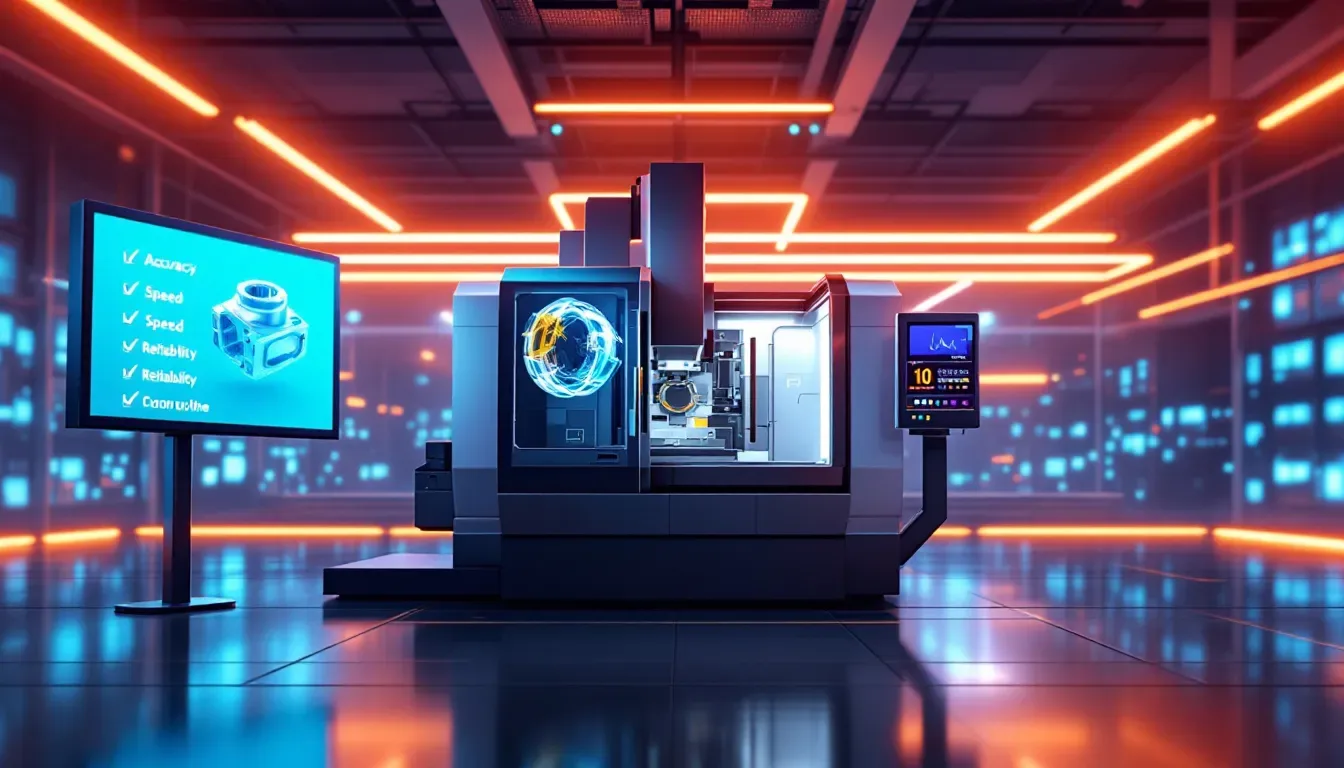
Selecting an adept 5-axis CNC machining service provider is pivotal for securing superior outcomes. The depth of a provider’s background in CNC machining significantly influences their skill level, which directly affects the standard and proficiency of their offerings. Scrutinizing previous work examples and portfolios can shed light on a provider’s technical prowess and experience.
Looking into the digital reputation of a service provider may uncover insights about their dependability and client satisfaction levels. Exceptional customer support bolsters the overall experience by ensuring timely attention to inquiries or issues that arise. Value is enhanced when after-sale services are provided, addressing any post-delivery complications and fostering enduring confidence among clientele.
Consideration should also be given to scalability capabilities when choosing a service partner. It’s vital that your chosen company maintains quality while scaling up production capacities to accommodate growing business needs. Early collaboration with engineers during design stages plays a crucial role in preemptively identifying manufacturing challenges, guaranteeing compliance with all desired specifications and quality expectations for the end product.
Start Your 5 Axis CNC Machining Project Today
Embarking on your 5-axis CNC machining endeavor is now more straightforward than before. Simply submit your CAD file to obtain immediate estimates, production timescales, and information pertinent to manufacturing design (DFM). It’s essential for customers and machine shops to maintain open lines of communication with thorough documentation in order to manage expectations accurately and address any concerns swiftly.
Being aware of standard production lead times can help prevent delays that might affect both the budgeting and timing of a project. When choosing a service provider, it’s important to take into account their location as this can influence both shipping costs and delivery time frames. Ensuring that cost considerations align with budgets should be achieved without sacrificing service quality.
By following these guidelines, you’ll facilitate an effective transition from initial concept through to the finished product. Utilize the precise capabilities offered by 5-axis CNC technology effectively in materializing your projects.
Start Your Next Project with LKprototype
LKprototype simplifies procurement for custom manufacturing, from 3D Printing to CNC Machined Parts and Vacuum Casting to prototype your product or parts, with a focus on speed and efficiency. Our platform provides instant quotes. With LKprototype, You can connect with the team to communicate your project to ensure quality and on-time delivery.
Start with an instant quote and experience how our technology and expertise can make custom part procurement faster and easier.
Summary
In essence, the advent of 5-axis CNC machining has significantly transformed manufacturing by offering unmatched accuracy, productivity, and adaptability. Its application is pivotal in fields ranging from aerospace to medical sectors where machining intricate designs with strict precision is essential.
Grasping the advantages, applicable materials, and uses of 5-axis CNC technology—and selecting an adept service provider—can significantly boost your production potential. Embark on a project involving 5-axis CNC machining now to tap into advanced manufacturing techniques that define the industry’s future.
Frequently Asked Questions
What is 5-axis CNC machining?
5-axis CNC machining is a sophisticated manufacturing technique that facilitates tool movement in five directions (X, Y, Z, A, B), allowing for the precise creation of intricate shapes.
This method improves production efficiency by minimizing the need for multiple setups.
What are the benefits of using 5-axis CNC machining services?
Employing services that offer 5-axis CNC machining can significantly elevate the quality of your projects by allowing for complex designs to be executed with great accuracy, enhancing drilling performance, and yielding excellent surface finishes.
The use of this sophisticated technology also leads to quicker production cycles and lowers the overall costs associated with operations, which makes it an exceptionally suitable option for complex assignments.
How does 5-axis CNC machining compare to 3-axis CNC machining?
CNC machining with 5-axis capability allows for more efficient and precise creation of parts by facilitating the ability to machine from multiple angles using fewer setups. This makes it possible to craft complex shapes that are beyond the scope of traditional 3-axis CNC machining.
As a result, when dealing with elaborate designs, the advanced features of 5-axis CNC technology make it the superior option for manufacturers seeking detailed precision.
What materials can be used in 5-axis CNC machining?
5-axis CNC machining can effectively process a range of materials, including metals like aluminum, brass, copper, and titanium, as well as plastics such as ABS, Acetal, Nylon, PEEK, and PVC.
The selection of material is influenced by the part’s intended function and operating conditions.
What industries benefit from 5-axis CNC machining?
Aerospace, automotive, medical, and consumer electronics industries greatly benefit from 5-axis CNC machining, as it provides the precision and efficiency necessary for producing complex parts to tight tolerances.
 LKprototype
LKprototype
